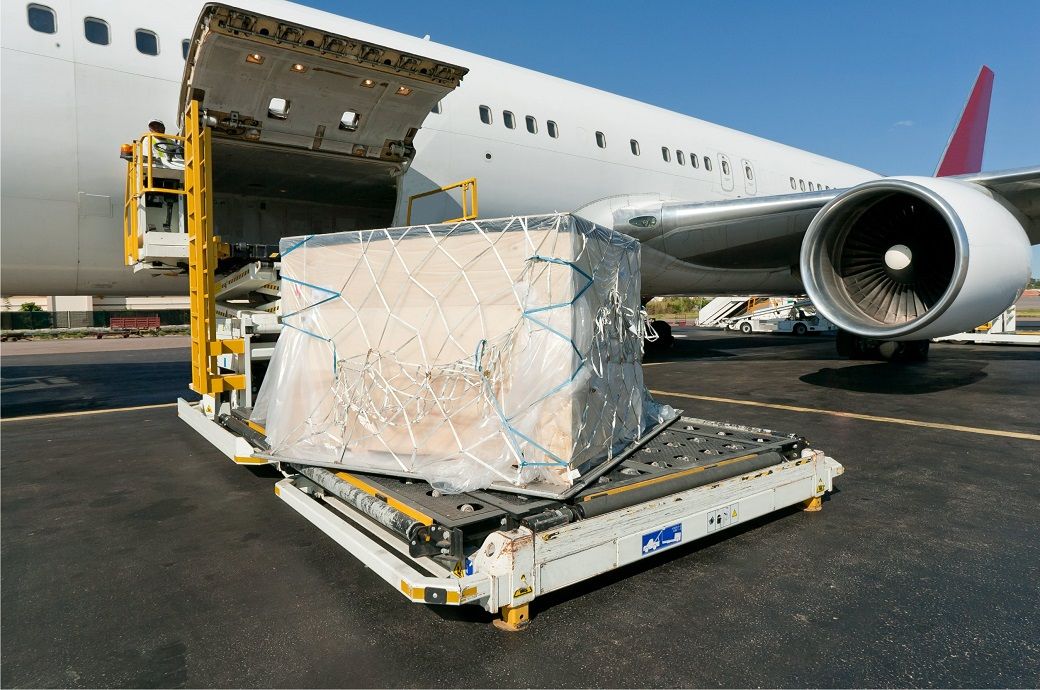
Capacity was 6.7 per cent above June 2021 (+9.4 per cent for international operations), according to a press release issued by the IATA. This was an increase on the 2.7 per cent year-on-year growth recorded in May. Capacity for the first half-year was up 4.5 per cent (+5.7 per cent for international operations) compared to the first half-year of 2021. Compared to pre-COVID levels, demand was up 2.5 per cent.
Air cargo performance is being impacted by several factors. Trade activity ramped-up slightly in June as lockdowns in China due to Omicron were eased. Emerging regions (Latin America and Africa) also contributed to growth with stronger volumes. New export orders, a leading indicator of cargo demand and world trade, decreased in all markets, except China. The war in Ukraine continues to impair cargo capacity used to serve Europe as several airlines based in Russia and Ukraine were key cargo players.
“Air cargo demand over the first half of 2022 was 2.2 per cent above pre-COVID levels (first half 2019). That’s a strong performance, particularly considering continuing supply chain constraints and the loss of capacity due to the war in Ukraine. Current economic uncertainties have had little impact on demand for air cargo, but developments will need to be closely monitored in the second half,” said Willie Walsh, IATA’s director general, according to the media release.
Asia-Pacific airlines saw their air cargo volumes decrease by 2.1 per cent in June 2022 compared to the same month in 2021. This was a significant improvement over the 6.6 per cent decline in May. Demand for the first half-year was 2.7 per cent below 2021 levels. Airlines in the region have been heavily impacted by lower trade and manufacturing activity due to Omicron-related lockdowns in China; however, this continued to ease in June as restrictions were lifted. Available capacity in the region fell by 6.2 per cent compared to June 2021. This contributed to capacity being 0.2 per cent below 2021 levels for the first half of 2022.
North American carriers posted a 6.3 per cent decrease in cargo volumes in June 2022 compared to June 2021. Demand for the first half-year was 3.3 per cent below 2021 levels. High inflation is affecting the region. Demand in the Asia-North America market is falling and the Europe–North America market has started to decline. Capacity was up 5.6 per cent in June 2022 compared to June 2021 and up 6.1 per cent for the first half-year of 2022, added the release.
European carriers saw a 13.5 per cent decrease in cargo volumes in June 2022 compared to the same month in 2021. This was the weakest performance of all regions. It was, however, a slight improvement over the previous month’s performance, which saw the sharpest fall in demand since early 2022. This is attributable to the war in Ukraine. Labour shortages and lower manufacturing activity in Asia due to Omicron also affected volumes. Capacity increased 5.6 per cent in June 2022 compared to June 2021. Demand for the first half-year was 7.8 per cent below 2021 levels while capacity was 3.7 per cent above.
Middle Eastern carriers experienced a 10.8 per cent year-on-year decrease in cargo volumes in June. Significant benefits from traffic being redirected to avoid flying over Russia failed to materialise. Capacity was up 6.7 per cent compared to June 2021. Demand for the first half-year was 9.3 per cent below 2021 levels, the weakest first half performance of all regions. First half-year capacity was 6.3 per cent above 2021 levels.
Latin American carriers reported an increase of 19.6 per cent in cargo volumes in June 2022 compared to June 2021. This was the strongest performance of all regions. Airlines in this region have shown optimism by introducing new services and capacity, and in some cases investing in additional aircraft for air cargo in the coming months. Capacity in June was up 29.5 per cent compared to the same month in 2021. Demand for the first half-year was 21.8 per cent above 2021 levels and half-year capacity was 32.6 per cent above 2021 levels. This was the strongest first half performance of all regions.
African airlines saw cargo volumes increase by 5.7 per cent in June 2022 compared to June 2021. As with carriers in Latin America, airlines in this region have shown optimism by introducing additional capacity. Capacity was 10.3 per cent above June 2021 levels. Demand for the first half-year was 2.9 per cent above 2021 levels and half-year capacity was 6.9 per cent above 2021 levels.
Fibre2Fashion News Desk (NB)